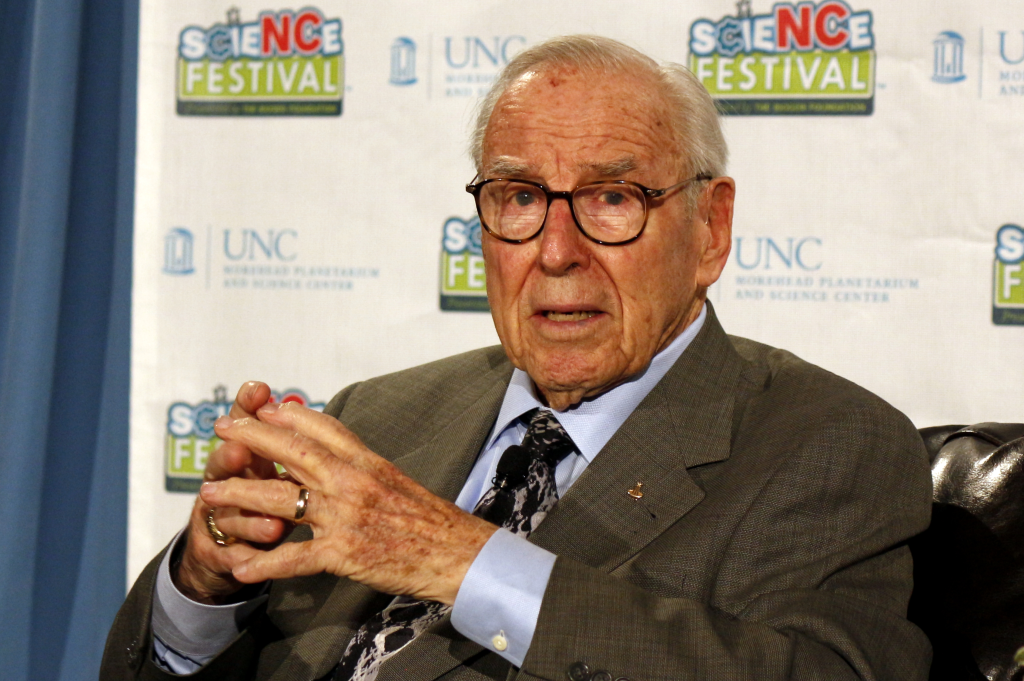
There’s a quote Jim Lovell once spoke about Apollo 13: “The thought of despair never crossed our minds, because we were always hopeful that we’d make it home.” It wasn’t machismo it was the lived reality of a man who had encountered rejection, disappointment, and the void of space, and still chose optimism. As the world celebrates Lovell, who died at 97, his story is more than a historical lesson it’s a masterclass in leadership, grit, and remaining level-headed in the face of adversity.
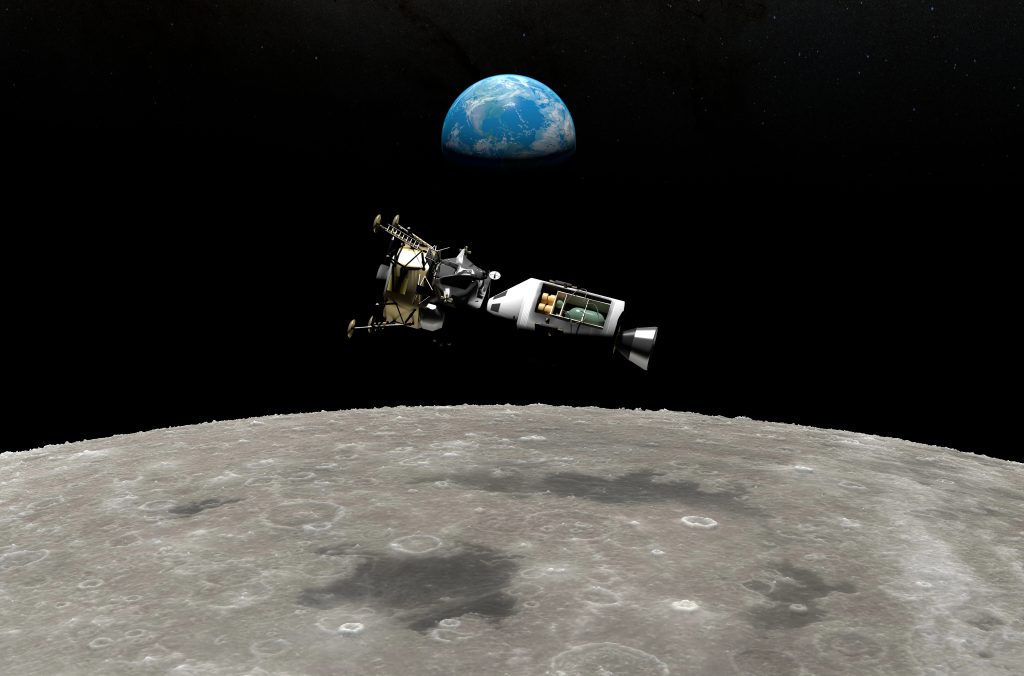
1. A Perseverance-Shaped Career
Long before Apollo 13, Lovell’s life was one characterized by grit. He didn’t get into the Naval Academy the first time around, didn’t get into the Mercury astronaut program, but on second chances, succeeded every time. This fight-back-from-rejection became a defining strength. As he told The New York Times in 1995, “We were all test pilots, and the only thing we could do was try to get home.” That resolve would be the basis of his crisis leadership.
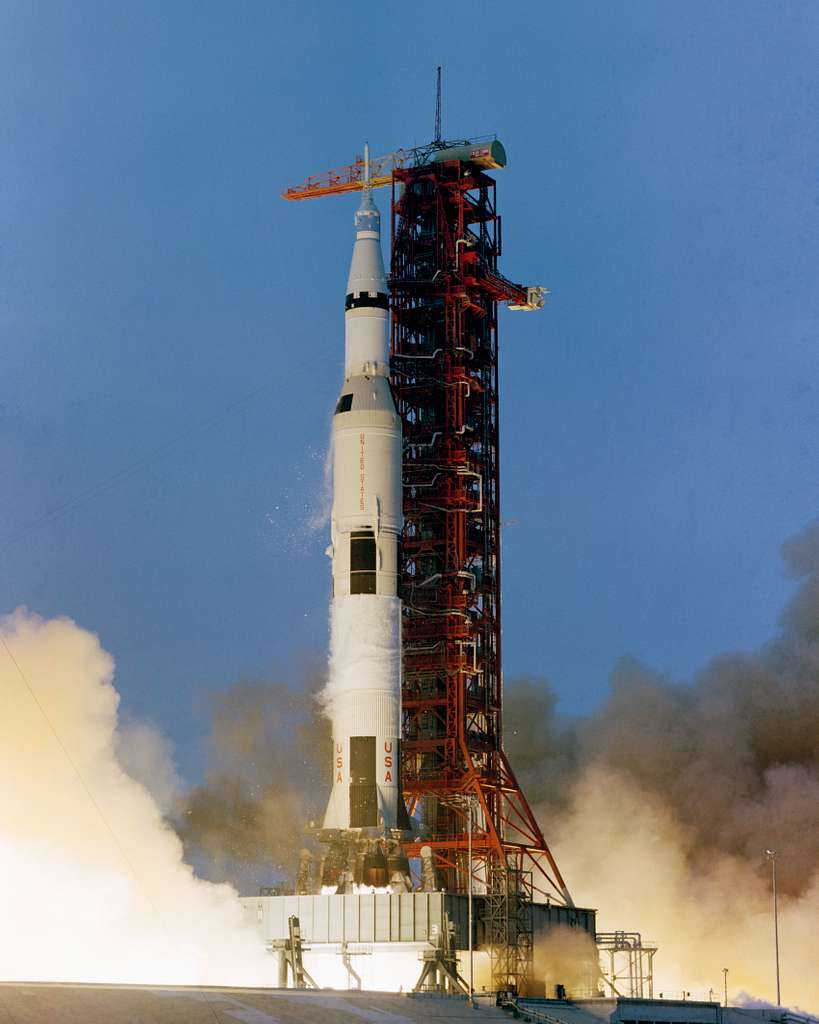
2. Apollo 13: From Routine to Crisis
Launched on April 11, 1970, Apollo 13 was meant to land Lovell and Fred Haise on the Moon’s Fra Mauro highlands. But 56 hours in, after a live broadcast that major networks didn’t even air, Jack Swigert flipped a switch to stir the oxygen tanks.
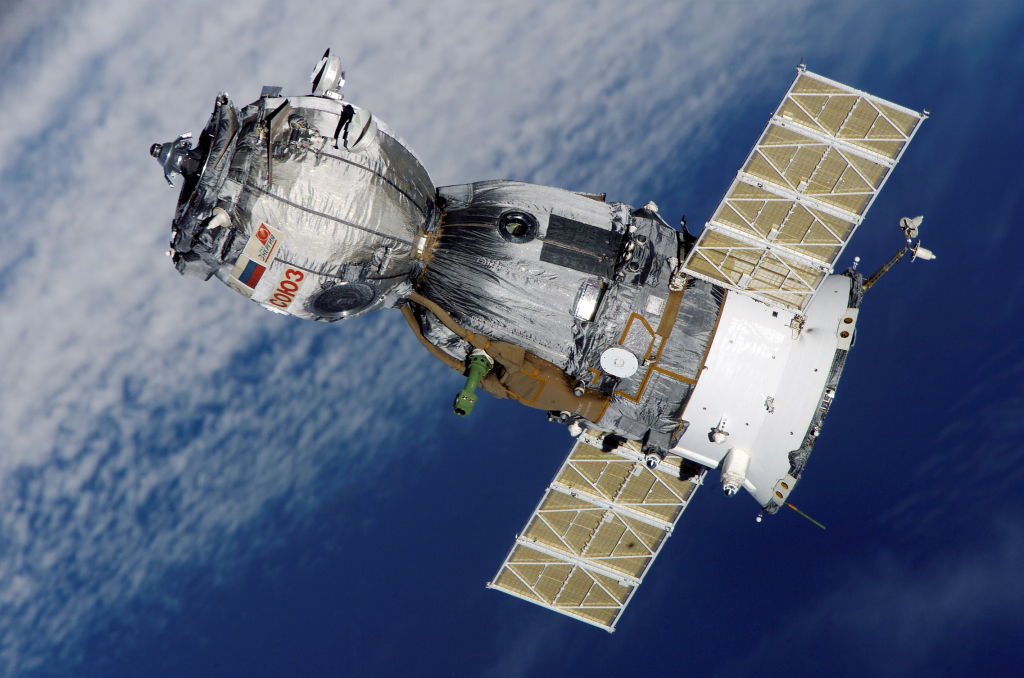
Minutes later, an explosion ripped through the spacecraft. Lovell’s voice crackled over the radio: “Houston, we’ve had a problem.” In that moment, the mission shifted from exploration to survival.
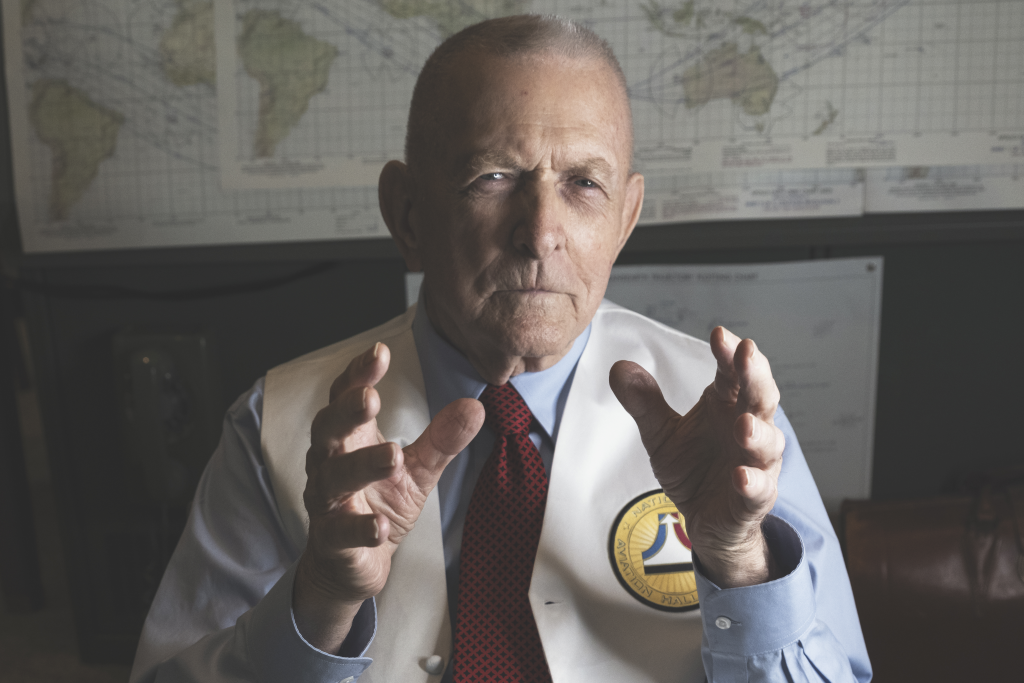
3. Calm in the Chaos
Inside the spaceship, Lovell silenced tensions between astronauts before they had a chance to erode confidence. At ground level in Mission Control, flight director Gene Kranz told his men, “I don’t care about what anything was designed to do. I care what it can do.” This unambiguous mission less focused on solutions than on blame kept both space and ground personnel on course. As Kranz would later describe, maintaining a team intact during the first hour of chaos was an accomplishment in itself.

4. Teamwork Without Ego
NASA’s mission control was an unusual form of teamwork. The astronauts averaged a mean age of 27, yet command was ceded to lowest-level experts when their skills were most crucial. Kranz even relinquished command to a replacement shift in the crisis, believing that new eyes might see what his own did not. This trust was reciprocated in Lovell’s deference to mission control instructions never having been so tested, he responded automatically.
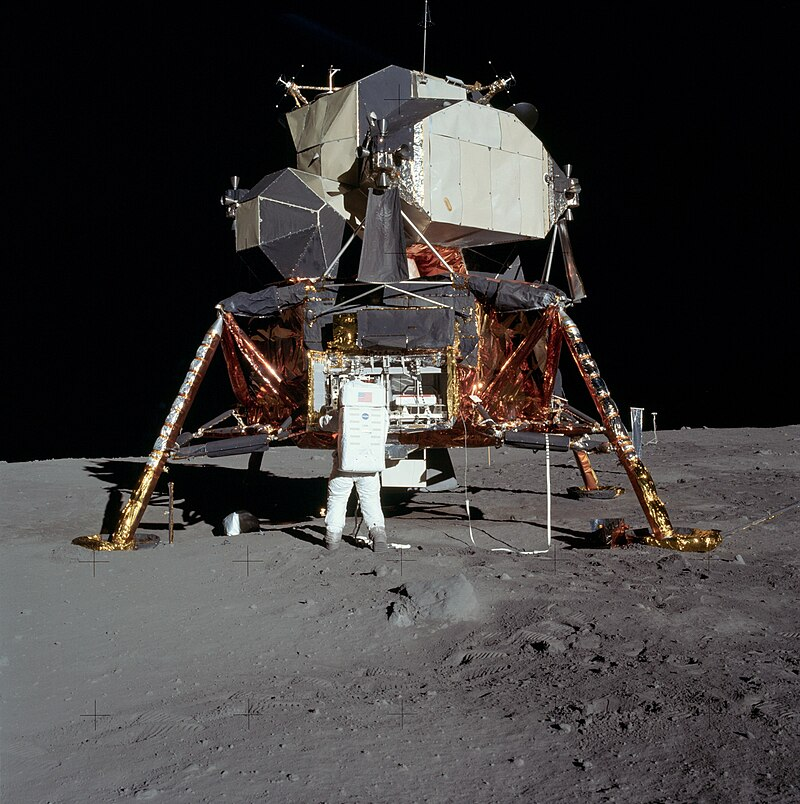
5. Resilience as Lifeline
The explosion crippled life-support systems, and the crew had to rush to the lunar module Aquarius as an emergency lifeboat. Rising CO₂ levels threatened them until engineers managed to rig a “mailbox” adapter to fit incompatible filters together with materials available. Lovell called it “a fine example of cooperation between ground and space.” It was a testament that adaptability is not creative unconstraint it’s disciplined innovation in constraint.
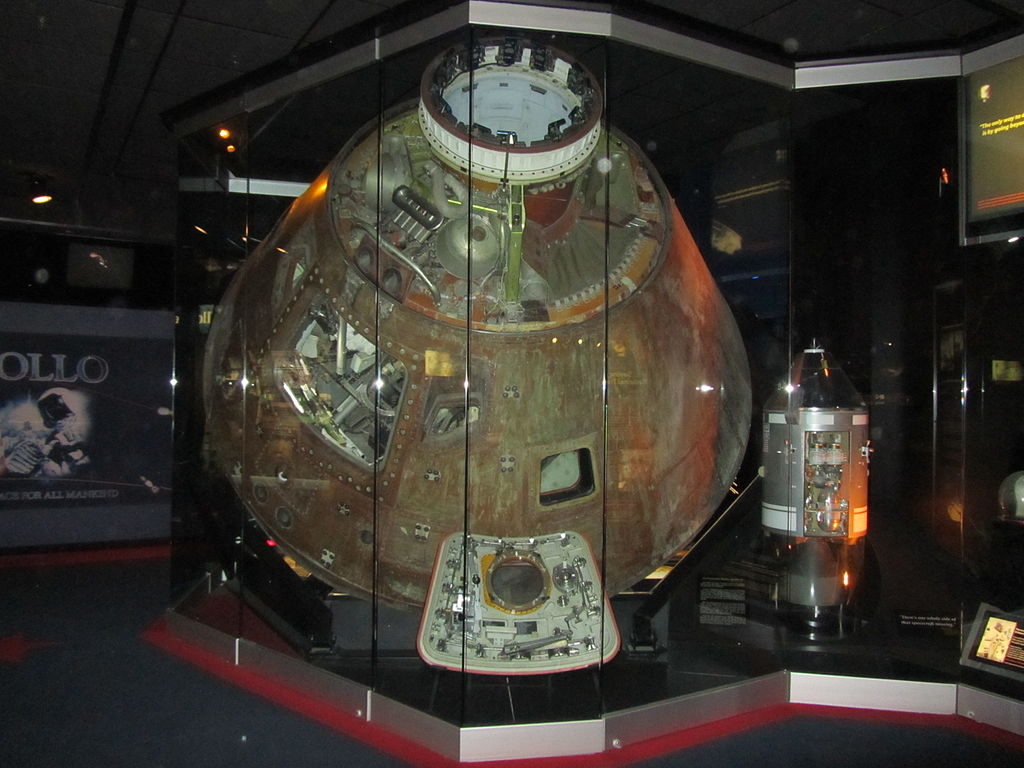
6. Preparation Meets Improvisation
While Apollo 13 has long been hailed as ingenious, a great deal of the rescue relied on well-rehearsed contingencies. NASA had previously rehearsed firing the engine of the lunar module for propulsion, rehearsed power-downs, and even flown with no primary guidance computers. Improvisation did not set in until absolutely necessary, performed with the same fanatical accuracy as planned maneuvers. It is this equilibrium of planning and flexibility that made survival possible.

7. Inspiring Future Generations
Lovell’s influence extends far past flight to space. After retiring in 1973, he was an outspoken advocate of exploration, being awarded the Presidential Medal of Freedom, among other honors. His story now forever cemented in Ron Howard’s film Apollo 13 starring Tom Hanks is still motivating leaders, entrepreneurs, and students today. As Hanks once stated, “His many voyages… were not made for riches or celebrity, but because such challenges… fuel the course of being alive.”
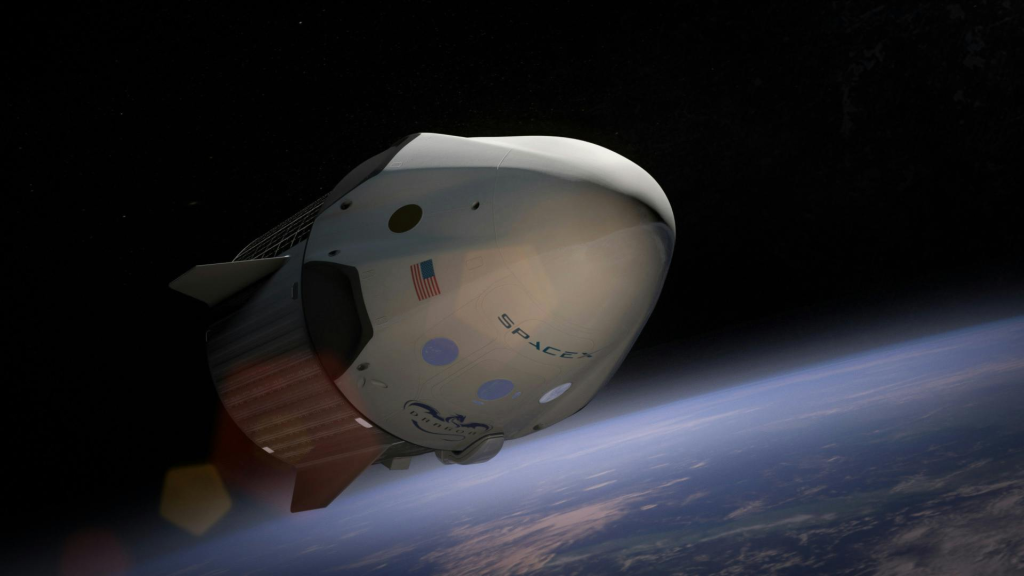
8. The Human Face of Heroism
Behind the technical triumph was a deeply human story. Lovell had never stood on the Moon, yet transformed Apollo 13 into a “successful failure.” He proved that success is not always a matter of achieving the original goal it may be that success lies in what comes out of the still-pursuable goals once the first one is lost. His humility, his optimism, and his steadfast courage are part of his legacy as much as the missions he flew.
Lovell’s final voyage may have taken him “to the heavens, to the cosmos, to the stars,” as Hanks wrote, but the lessons he left behind remain firmly grounded here on Earth ready to guide anyone facing their own moment of “we’ve had a problem.”


